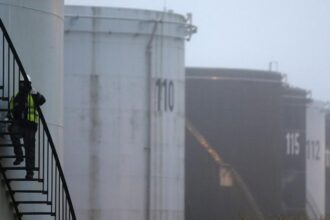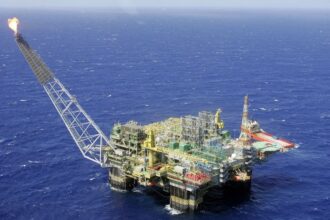In light of recent changes to China’s graphite export permits, industries worldwide are poised for potential supply chain disruptions. As the dominant player in the global graphite market, China’s decision could lead to increased costs and a push for countries to diversify their sources of this crucial mineral used in battery production.
China, which produced 850,000 tonnes of graphite in 2022 and controls over 90% of the refining process, has been integral to the supply chains of many developers and explorers in the sector. However, with the introduction of new export permits by the Chinese government, companies are now facing the reality of a more complex and potentially costly procurement process.
This development comes as the United States actively seeks to bring critical supply chains onshore through legislation such as the Inflation Reduction Act (IRA). The IRA is designed to bolster domestic production capabilities, but the complexity inherent in graphite manufacturing presents significant challenges.
In response to these market shifts, several Australian companies are making strategic moves. EcoGraf (ASX:EGR) plans to capitalize on its proprietary HFfree purification technology to produce battery anode material at its facility in Western Australia. Furthermore, EcoGraf aims to source high-purity graphite from Tanzania’s Epanko project, indicating a strategic pivot towards alternative supply avenues.
Similarly, Renascor Resources (ASX:RNU), with support from Mitsubishi Chemical, is progressing its Siviour project located on South Australia’s Eyre Peninsula. The project’s goal is to deliver purified spherical graphite necessary for lithium-ion batteries.
Other Australian players are also advancing their positions. Kingsland Minerals (ASX:KNG) is moving forward with its Leliyn graphite project in the Northern Territory and is preparing for an initial resource estimate. iTech Minerals (ASX:ITM), with its Campoona project also situated on South Australia’s Eyre Peninsula, boasts a battery-grade resource and has secured a mining lease.
These developments signify a broader industry trend towards geographical diversification and technological innovation in response to shifting trade policies and market demands. Companies worldwide are closely monitoring these changes as they adapt their strategies in an evolving landscape where securing a stable supply of critical minerals like graphite is becoming increasingly important for technological advancement and energy transition.
This article was generated with the support of AI and reviewed by an editor. For more information see our T&C.
Read the full article here










